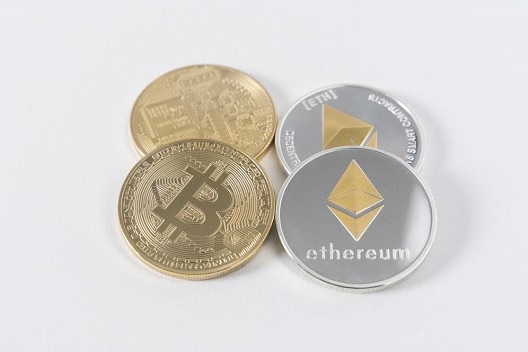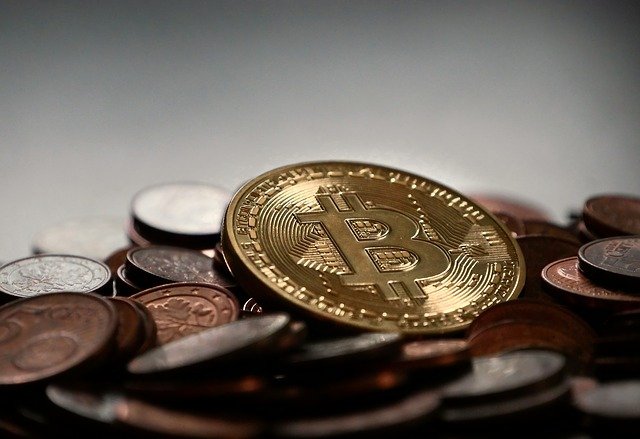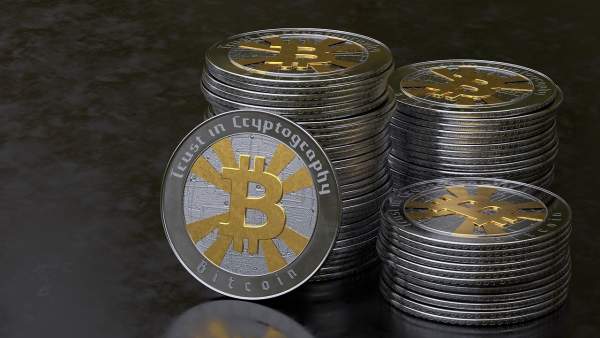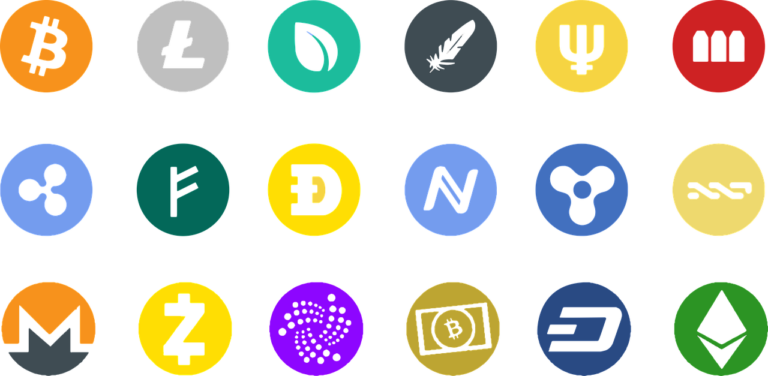
And the future of finance may not be fiat. As the ethereum network begins marrying traditional financial structures with the novel power of cryptocurrencies.
Romeo and Juliet, a timeless classic about two families, destined to hate each other for eternity, only to come to their senses after their children had died for a love that transcended an ancient grudge. It’s a tale that most of us are familiar with, and a human condition that is seen relatively often– well, at least the grudge part. A story that can even be related to crypto? The divide may not be apparent, particularly to investors that choose crypto trading platforms like Bitvavo.com, allowing investment in both– but it is indeed a story about disagreement, divergence, and eventual mutuality.
While we’re not setting our tale in fair Verona, instead in the year 2013. At the tender age of 22, VitalikButerin was involved in Bitcoin, but believed in something better. While the young entrepreneur enjoyed the disruption that Bitcoin posed for the financial world, he also firmly believed it needed something more– infrastructure. Bitcoin itself did not agree. Which is where we begin.
Ethereum is considered a “hard fork” of Bitcoin. Meaning that at its inception, it was structurally similar to the mega-crypto that we’re all familiar with today, but a new platform was built with some additional scripting language, effectively splitting the two families. While Bitcoin and Ethereum may not be as contentious as the Capulet and Montagues of our allegory, the two did indeed sever ties and enter into direct competition with one another. However, like the Shakespearean play, the two families did indeed converge again– but this story has a much more positive ending.
Ethereum Changes the Game
Ethereum wasn’t just focused on the monetary applications of cryptocurrency from an incredibly nascent stage. So young in fact, that the platform hadn’t even been built yet. Buterin saw the incredible possibilities that bitcoin offered in the ways of fiat. A new system that was fully decentralized, secure, and democratized. But, he knew it wasn’t enough. That just changing money alone would not change the legacy financial systems that we are all locked into.
He believed that we also would need to provide the familiar infrastructure that moves finance. Bank accounts, savings, lending, credit, contracts. All of the systems that we rely on centralized authorities to provide, maintain, and regulate could reasonably be provided, maintained, and regulated by a decentralized network. In fact, Buterin even chose the names “ethereum” and “ether” because he wanted his platform to be the ether, an imperceptible medium, that allowed cryptocurrencies to flourish and travel.
Where Finance and Crypto Collide
The ethereum network has undoubtedly provided that medium, and continues to evolve as both cryptocurrency adoption and public demand require. Starting with “smart contracts”, Ethereum provided an infrastructure that allowed contractual agreements to be arbitrated and executed by a decentralized network. Using sophisticated scripting technology instead of flawed and expensive human intermediaries.
From there, the network then released “DeFi”, or decentralized finance. Creating familiar structures that offer financial instruments (such as insurance, loans, derivatives, and savings accounts) without traditional institutions. Soon to follow is a further departure from its Bitcoin and blockchain roots– as Serenity or Eth2.0 was released last year. This creates a new ledger systems and validation paradigm for the platform, addressing long standing concerns over blockchains scalability. Creating the opportunity for Ethereum to continue growing and developing alongside decentralized currency and the financial structures that underpin it. Which means that while Bitcoin may always be viewed as a mere asset, similar to gold– ethereum is the future of financial infrastructure, making the platform’s possibilities endless.
Bitcoin’s Legacy
But, as we said, there is a much more positive epilogue to this story that to our original Elizabethan comparison– Bitcoin and Ethereum have begun to interact with one another. In late 2020, Bitcoin began to be tokenized in order to integrate into the ethereum network. Wrapped Bitcoin, or WBTC, can be converted from bitcoin to allow BTC holders to stake their stores in DeFi protocols. Which has given the inherent value of Bitcoin, and its legacy, access to the useful protocols on the Ethereum network.
So while the two still remain incredibly different systems, they have come to work together to provide the world with both value and structure. Meaning that the future of currency and finance is no longer relegated to centralized banking systems, but instead resides in the hands of every cryptocurrency investor.





